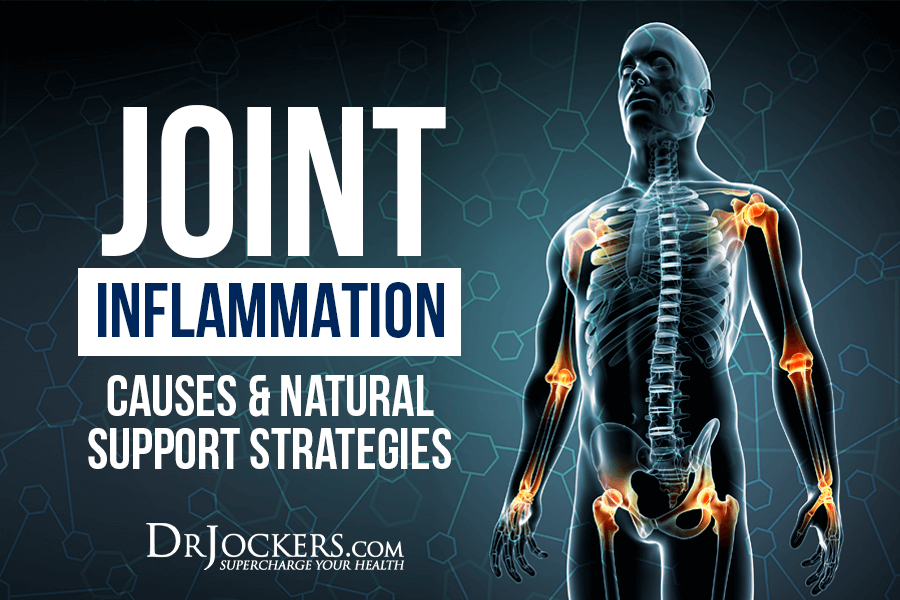 Joint Inflammation: Causes & Natural Support Strategies
Joint Inflammation: Causes & Natural Support Strategies
Sore hips, painful knees, aching shoulders, stiff elbows, and painful wrists… You know the feeling. These are all signs of joint inflammation that many people accept as a normal part of adulthood or aging or a side-effect of exercise and movement. I am going to be honest with you, your joints don’t have to be hurting all the time. With the proper diet, lifestyle, and supplementation, you can improve your joint health and reduce inflammation.
In this article, you will learn what joint inflammation is and how it develops. You will understand the root causes of joint inflammation. I will share my best natural support strategies to support your joints and improve your health.

What Is Joint Inflammation
Your joints are structures that connect two or more bones together in your body. You have joints in your knees, hips, ankles, feet, arms, wrists, shoulders, and other areas. Your joints are covered and cushioned by soft tissues to protect them.
When fluid accumulates in these tissues, joint inflammation will occur. Joint inflammation is often characterized by swelling accompanied by pain, stiffness, or both. Due to the inflammation, your affected joints may look bigger or more irregularly shaped than normal. Joint inflammation may occur as a result of injuries, infections, overuse, and health issues (1).
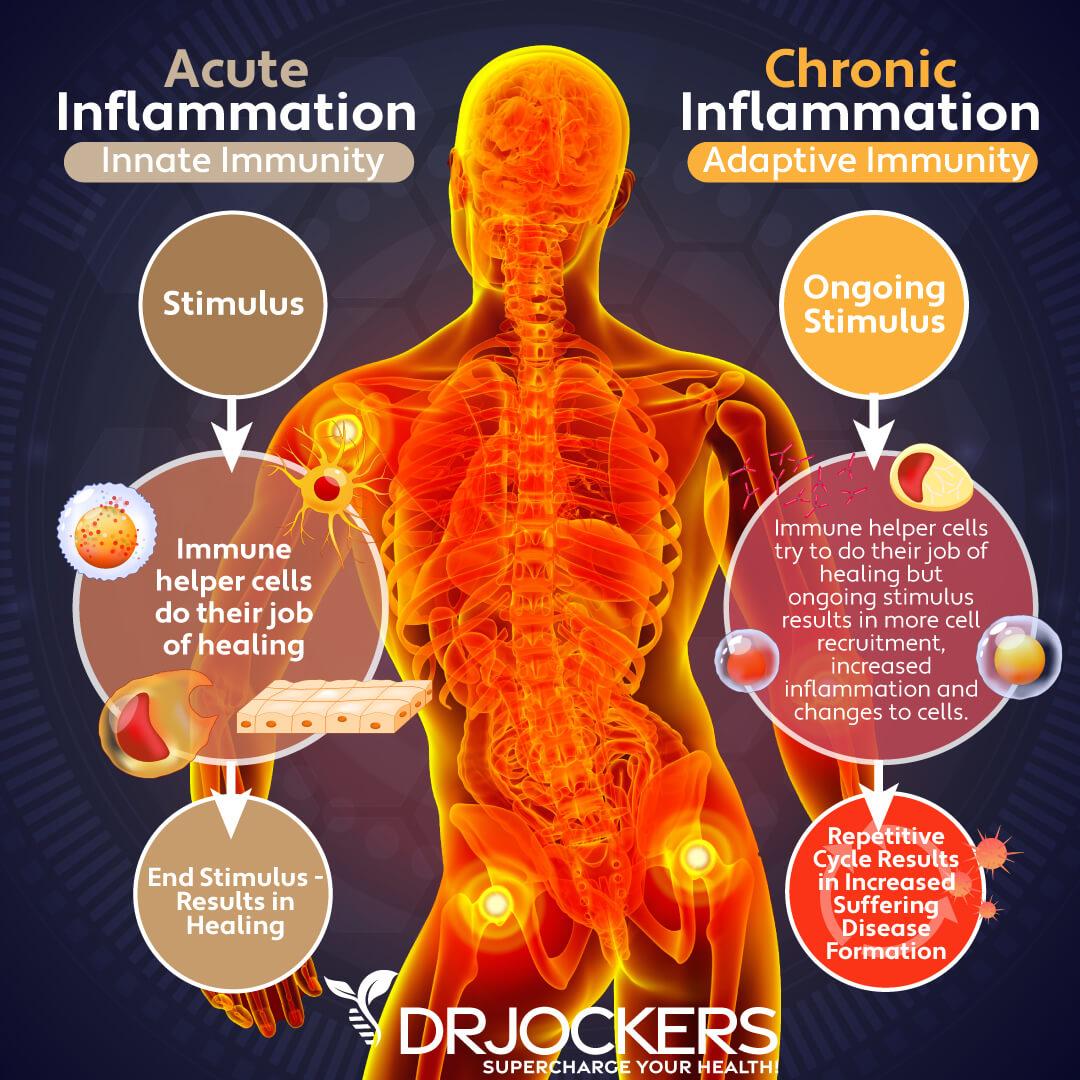
How Joint Inflammation Develops
When an injury or infection happens, your joints are overused, or a health issue triggers your body, your body will release inflammatory chemicals to protect you from harm. This inflammatory response leads to the accumulation of fluids in the soft tissues around your joints causing joint inflammation.
Joint inflammation can cause swelling, warmth, pain, increased joint fluid, cartilage or bone damage, and muscle loss. The nerves inside your affected joints also get activated which results in pain and discomfort. Sometimes, especially with some health issues, the same inflammatory chemicals may also activate other nerves inside your body causing pain not only in your joints but in other areas as well (1).
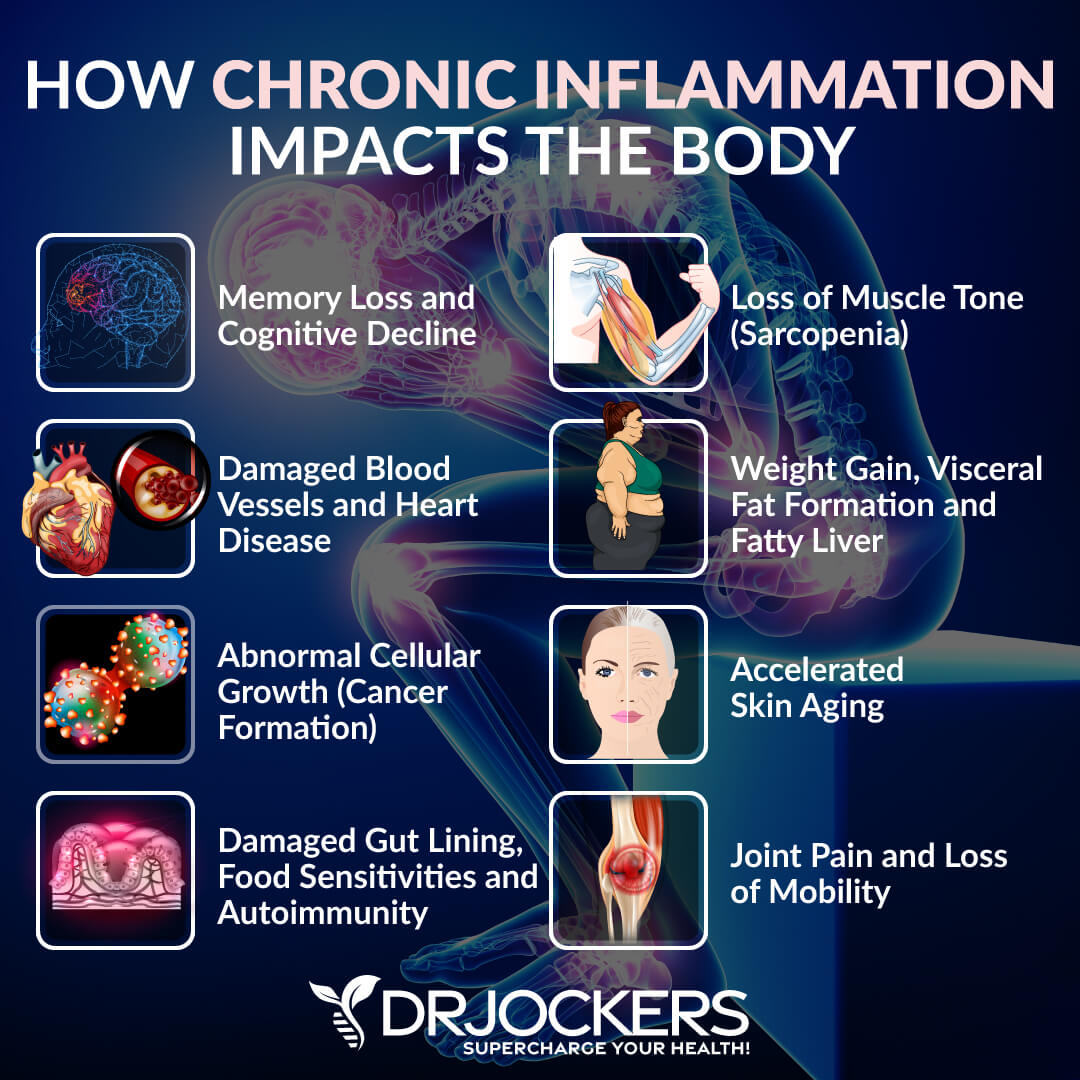
Root Causes of Joint Inflammation
Joint inflammation may develop for a variety of reasons and usually related to one or several root causes. Root causes of joint inflammation include:
Injuries & Poor Biomechanics
According to a 2013 study published in Osteoarthritis Cartilage, certain joint inflammation happens because of mechanically induced injury to the joints that can increase inflammation and worsen any structural damage (2). Biomechanics refers to how your body (bio) moves (mechanics).
Your biomechanics involves your joints, muscles, and nerves. Poor biomechanics forces your joints, muscles, and nerves to undergo something that is not familiar, normal, or healthy. It causes irritation and aggravation resulting in pain. On-going and unaddressed poor biomechanics can lead to chronic pain, joint inflammation, and injuries.
Injuries to or around the joints can also lead to further joint inflammation. Long-term injuries can also lead to muscle weakness, overcompensation, and poor biomechanics, which can further encourage joint inflammation. It can truly become a vicious cycle unless your biomechanics are corrected.

Eating Inflammatory Foods
Joint inflammation is clearly a condition related to inflammation. It can be triggered or worsened by consuming inflammatory foods, including refined sugar, refined carbohydrates, refined oils, artificial ingredients, conventional and processed animal products, conventional dairy, junk food, highly processed foods, and food sensitivities.
According to a 2016 study published in Nutrition & Diabetes, adults between the ages 20 and 30 years old who drank soft drinks sweetened with high-fructose corn syrup were more likely to develop joint inflammation than those who did not (3).
According to a 2018 review published in Autoimmune Reviews, eating a conventional Western diet high in inflammatory processed foods can increase the risk and symptoms of joint inflammation (4). Eating an anti-inflammatory, nutrient-rich diet, however, can reduce the risk of joint inflammation.

Blood Sugar Imbalances
According to a 2018 review published in Autoimmune Reviews, eating a conventional Western diet high in inflammatory processed foods can increase inflammation through increasing insulin resistance and obesity and can contribute to joint inflammation as a result (4). Eating an anti-inflammatory, nutrient-rich diet, however, can reduce the risk of insulin resistance, obesity, and related joint inflammation.
A 2020 study published in Clinical Rheumatology participants with autoimmune joint inflammation has found increased glycated hemoglobin (HbA1C), a long-term marker of blood sugar imbalances and other heart disease risk factors in those who ate a high amount of ultra-processed foods (5). To learn more about blood sugar imbalance and insulin resistance, I recommend reading this article.
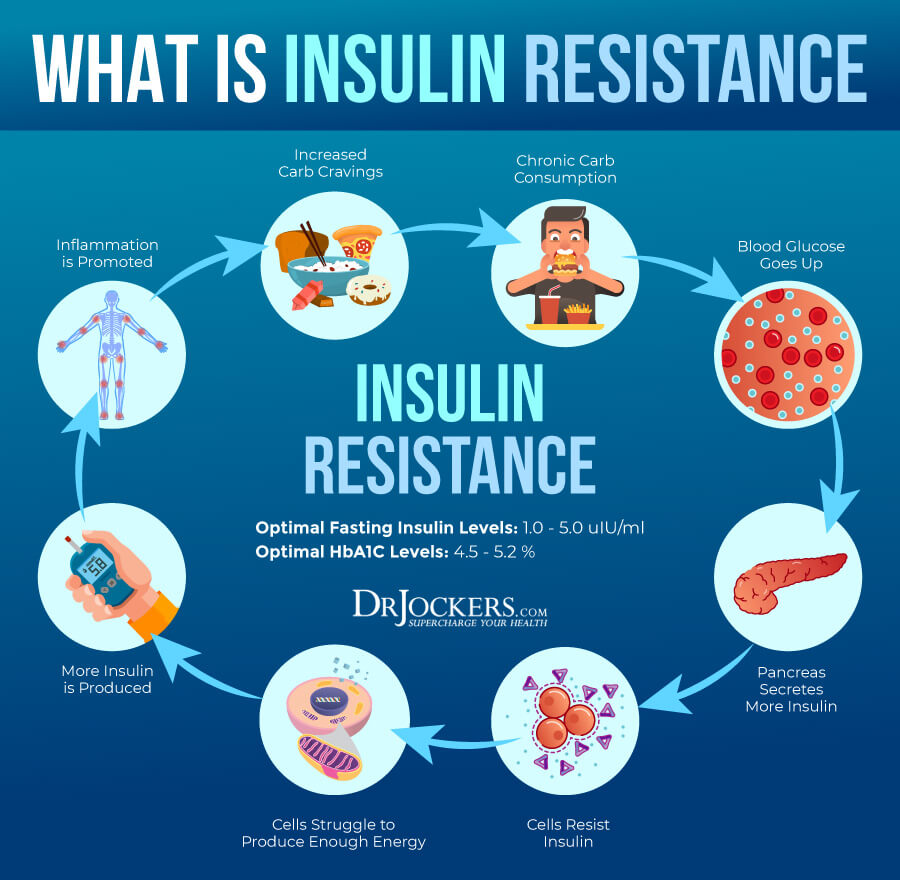
Dysbiosis and Leaky Gut Syndrome
Gut health is critical for your entire body. Gut dysbiosis means that your gut microbiome is out of balance. If your gut flora is out of balance, chances are, your entire body is affected. Gut dysbiosis can increase your risk of leaky gut syndrome, which is a condition characterized by holes in your gut lining that allow toxins, bacteria, and large food particles to pass through into your bloodstream.
Both gut dysbiosis and leaky gut syndrome increase inflammation throughout your body, including around your joints. A 2019 study published in Heliyon has found a correlation between gut dysbiosis and joint inflammation (6). Gut dysbiosis leads to low-grade systemic inflammation that can increase the risk or symptoms of joint inflammation. Addressing this problem and recreating a gut microbiome homeostasis may benefit joint inflammation as well.

Chronic Stress & Poor Sleep Habits
Chronic stress, including emotional, mental, social, physical, and spiritual stress, sets off your immune system and triggers an inflammatory response. This inflammatory response can contribute to the development or the worsening symptoms of joint inflammation. The longer you are experiencing chronic stress, the more destructive this chronic inflammation can become and the worse your joint inflammation may turn.
Chronic stress can lead to insomnia or poor sleep, while poor sleep can further feed into chronic stress. Joint inflammation and pain can also increase your stress levels feeding the vicious cycle of stress, poor sleep, joint inflammation, and pain. A 2011 study published in PLoS One has found that stress management training can be beneficial for patients with joint inflammation (7).
To learn more about chronic stress and stress resilience, I recommend reading this article. To learn more about the problems with poor sleep and how to improve it, I recommend reading this article.
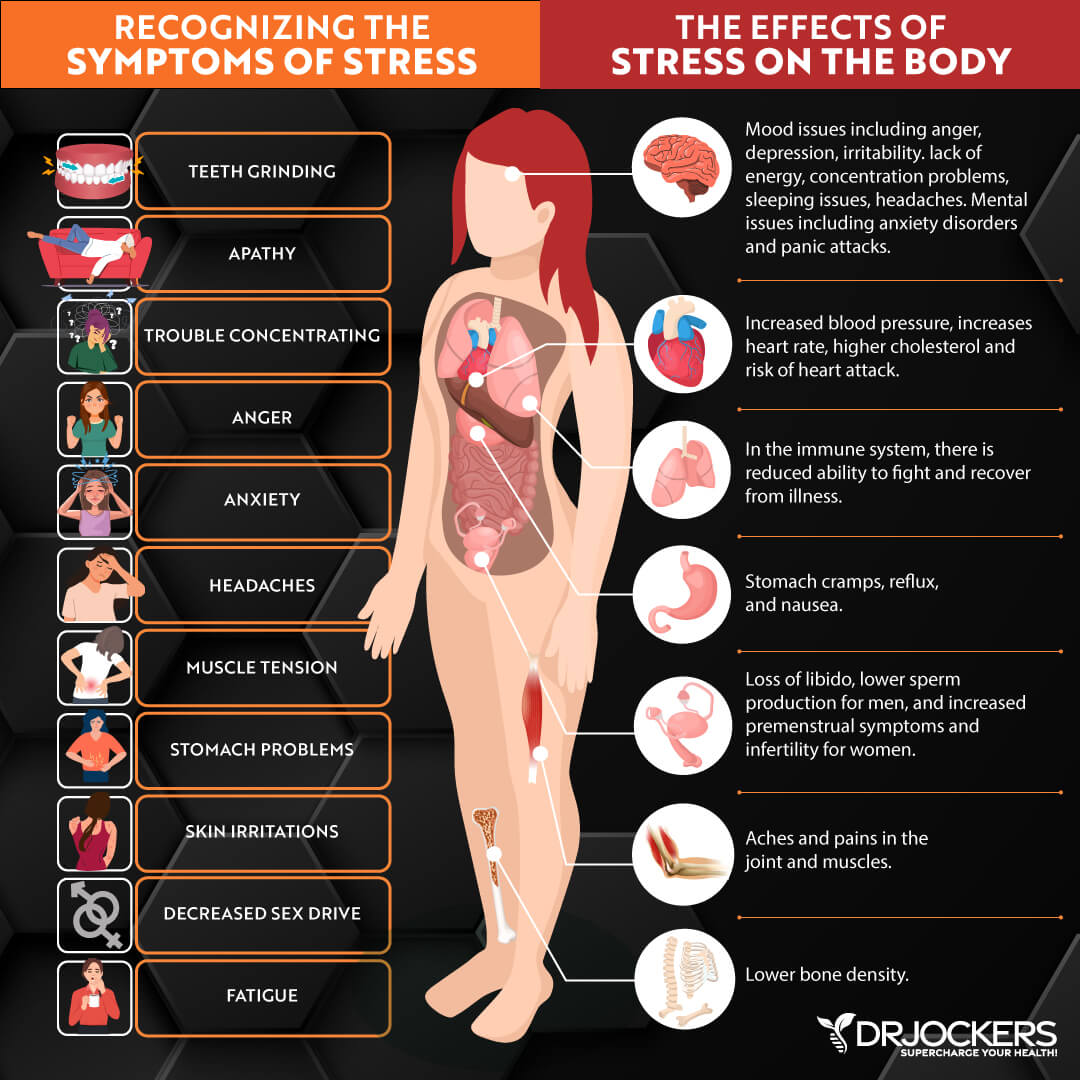
Environmental Toxin Exposure
Environmental toxins, including air pollution, tap water, mold, chemicals in conventional cleaning, body, and beauty products, plastic, and so on, can increase inflammation in your body and potentially increase your risk of joint inflammation.
A 2003 study published in Clinical Rheumatology has found that mold from moisture damage can trigger an autoimmune response and result in related joint symptoms and joint inflammation (8). Mycotoxins are hazardous substances released by molds and have also been shown to trigger inflammation in the body. To learn more about issues with mold toxicity, read this article.
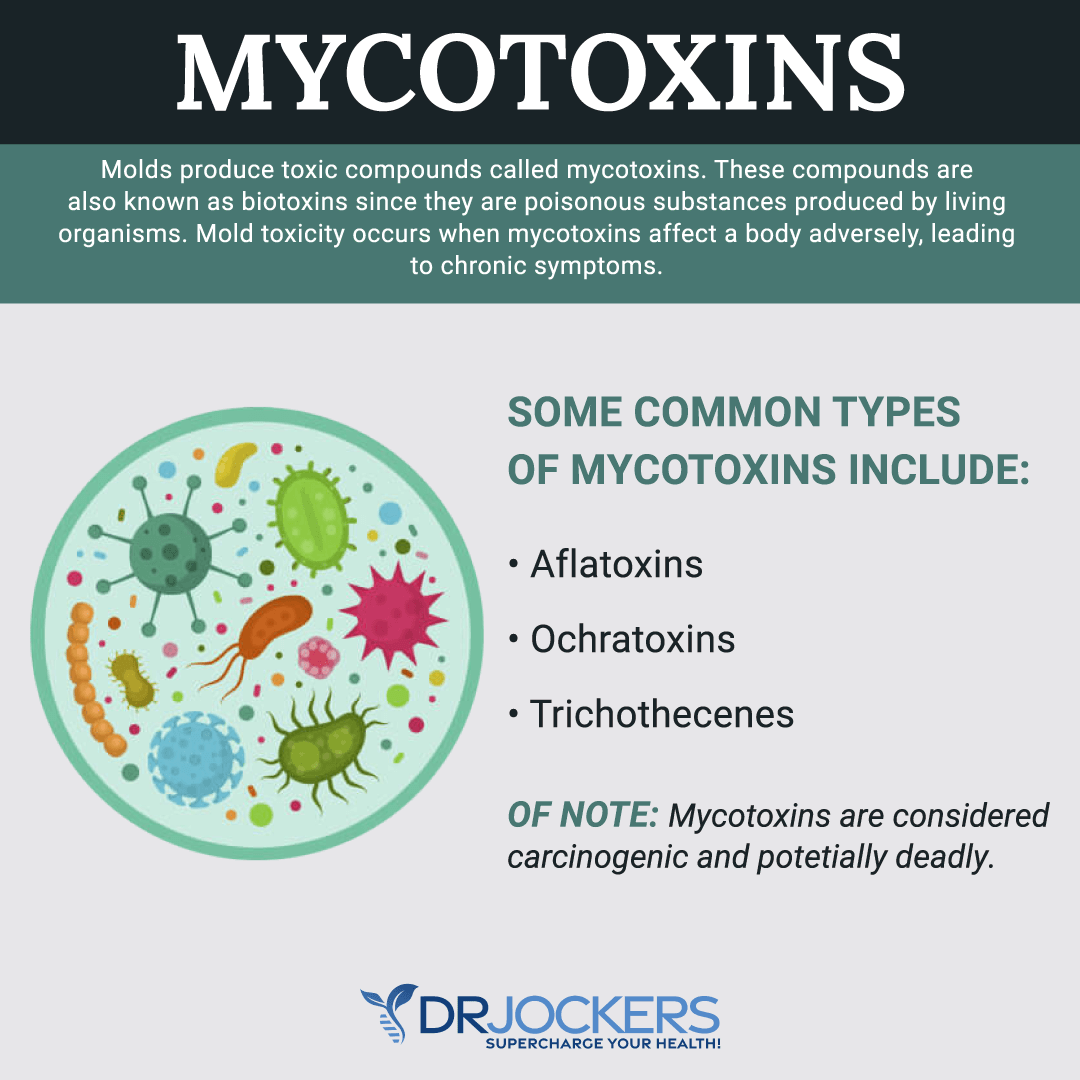
Chronic Infections
Chronic infections, including Lyme disease and the Epstein-Barr Virus infection (EBV), can increase chronic inflammation and trigger joint inflammation, joint pain, and other musculoskeletal problems. According to a 1995 review published in the American Journal of Medicine, has found that joint, tendon, and muscle pain are common characteristics of Lyme disease (9).
A 2011 study published in the Journal of the American Academy of Orthopedic Surgery has also found that joint inflammation is a common orthopedic complication of chronic Lyme disease (10). A 2016 case report published in Rheumatology Clinical has found that EBV can lead to inflammatory patterns and joint inflammation (11).
To learn more about EBV, I recommend reading this article. To learn more about chronic Lyme disease, I recommend reading this article. To learn more about Candida overgrowth, I recommend reading this article. To learn about chronic viral infections, I recommend this article. For chronic parasite infections, read this article.

Vitamin D Deficiency
Vitamin D is incredibly important for your joints, muscles, and bones. Vitamin D deficiency can not only weaken your bones which can lead to joint issues but it also affects your immune system, increase inflammation, and trigger autoimmunity, all of which can increase your risk of joint inflammation.
A 2017 study published in the Orthopedic Journal of Sports Medicine has found that low vitamin D levels have been associated with cartilage problems and joint inflammation (12). A 2015 study has found that taking vitamin D may help to prevent articular cartilage erosion and joint inflammation (13). To learn more about vitamin D deficiencies, I recommend reading this article.

High Omega 6:3 Ratio
Omega-3 and omega-6 fatty acids are polyunsaturated fatty acids that have many (poly) double bonds. Omega-3 fatty acids have anti-inflammatory while omega-6 fatty acids have pro-inflammatory effects on your body. Your body needs both of them. Remember, inflammation is essential for survival and protects you from injuries and infections.
But it becomes a problem if you have chronic inflammation. Having a high omega 6:3 ratio with too much omega-6s is a problem and can lead to chronic inflammation. While the healthy ratio should be between 1:1 and 4:1, most people have a much higher ratio of omega 6:3 and this turns on chronic inflammation.
According to a 2018 study published in the Clinical Journal of Pain high omega 6:3 ratios have been associated with inflammation in the knee joints (14). On the other hand, according to a 2018 study published in Open Heart, a low omega 6:3 ratio can help to reduce inflammation (15). To learn more about the importance of the right omega 6:3 ratio and the benefits of omega-3 fatty acids, I recommend reading this article.
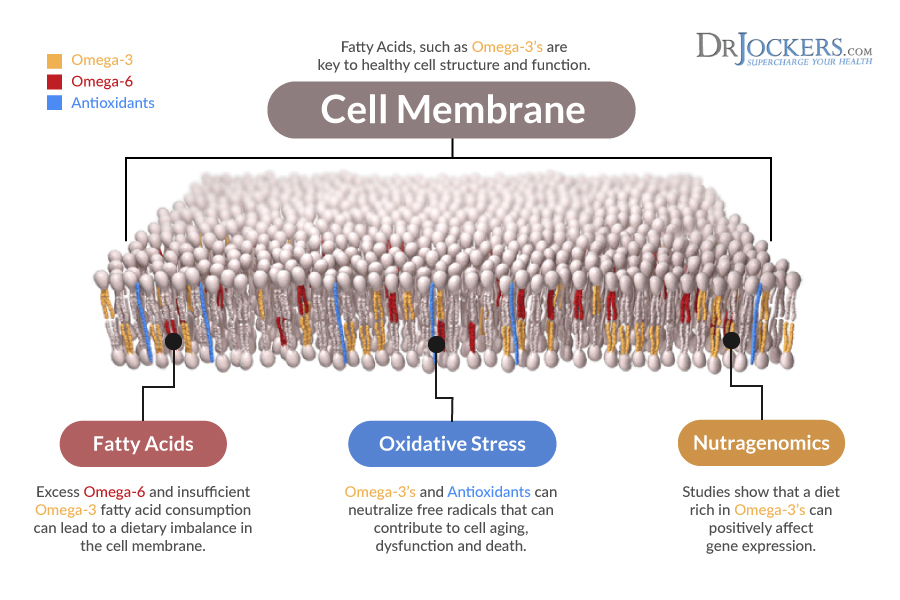
Natural Support Strategies
You can lower the risk of developing or worsening the symptoms of joint inflammation through a variety of natural support strategies, including diet, lifestyle, and supplementation. Here is what I recommend:
Anti-Inflammatory Nutrition Plan
As you’ve learned, researchers have found that eating an inflammatory diet can contribute to joint inflammation (3, 4). I recommend that you follow an anti-inflammatory nutrition plan. Remove all refined sugar, refined oil, conventional and processed meat and dairy, artificial ingredients, processed foods, and junk food.
Eat a diet rich in anti-inflammatory foods, including greens, vegetables, mushrooms, low glycemic index fruits, herbs, spices, nuts, seeds, grass-fed beef, pasture-raised poultry and eggs, wild-caught fish, and wild game. To learn more about the anti-inflammatory ketogenic nutrition plan I recommend, read this article.
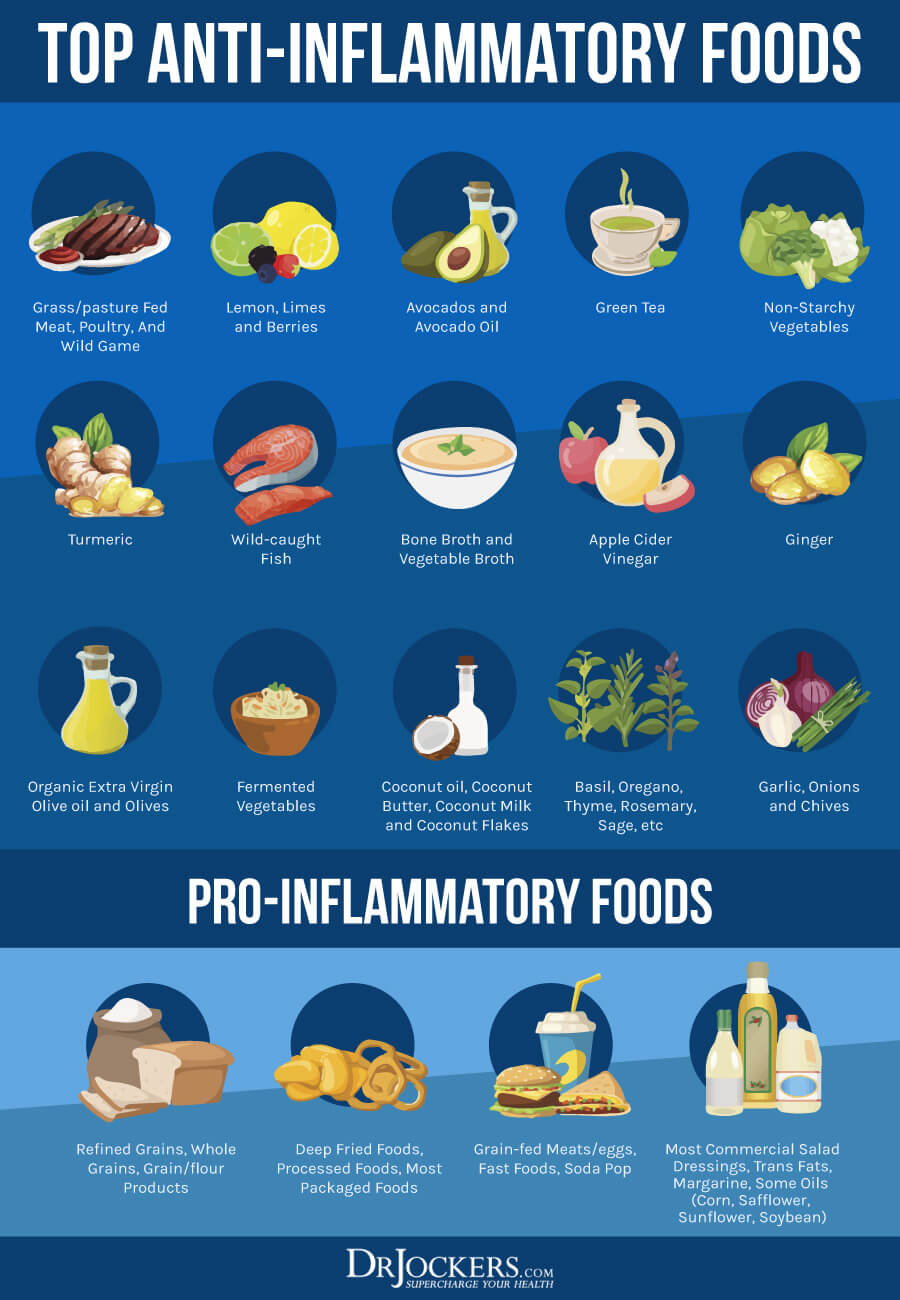
Consider Getting into Ketosis
Under normal circumstances, your body relies on glucose for energy. However, if you are on a low-carb ketogenic diet or fasting and as a result, your body is deprived of dietary glucose, it starts using fat instead. Through this process, it gets into ketosis and becomes fat adapted, and becomes much more efficient than when relying on glucose.
According to a 2020 study published in Pain Medicine, eating a low carbohydrate diet, such as a ketogenic diet, can reduce pain in people with knee joint inflammation (16). Ketosis offers similar health benefits as intermittent fasting, including cellular autophagy, reduced inflammation, improved blood sugar levels, and reduced risk of chronic disease.
This is not surprising since the best ways to achieve ketosis are fasting and a ketogenic diet. I recommend that you combine a ketogenic diet with intermittent fasting for optimal benefits. To learn more about ketosis, I recommend reading this article, and to learn more about the ketogenic diet, I recommend reading this article.
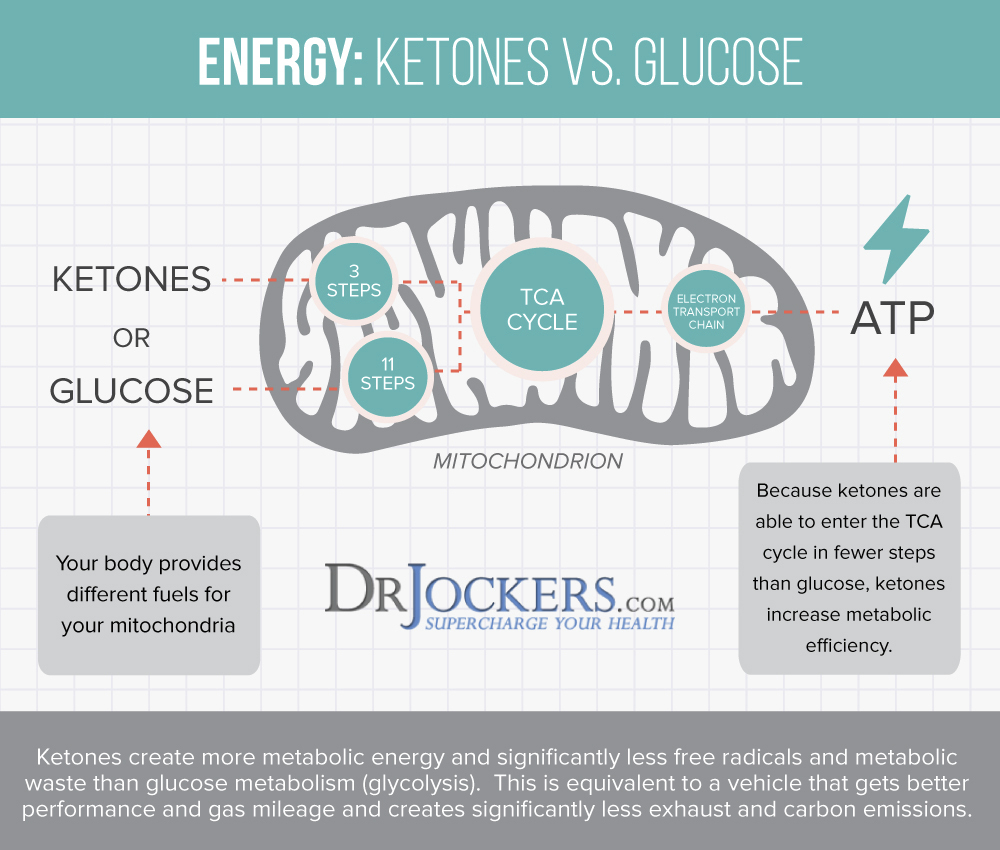
Intermittent Fasting
Intermittent fasting is a way of eating when you are cycling between periods of fasting or feasting. It has complimentary benefits to a ketogenic diet and can help to reduce inflammation, insulin resistance, pain, and the risk of disease. A 2019 study published in Nutrients has found that intermittent fasting during Ramadan had a positive impact on joint inflammation (17).
For newbies, I recommend starting with 12 hours of fasting, including your overnight sleep. For example, if you eat dinner at 6 pm, stop eating after 12 hours, and you will be ready to eat again at 6 am the next day. Increase your fasting period over time.
You will notice that delaying breakfast until 7 AM, 8 AM, or even 10 AM will come naturally to you over time. Most people feel the best with 16 hours of fasting a day. To learn more about intermittent fasting, I recommend reading this article.
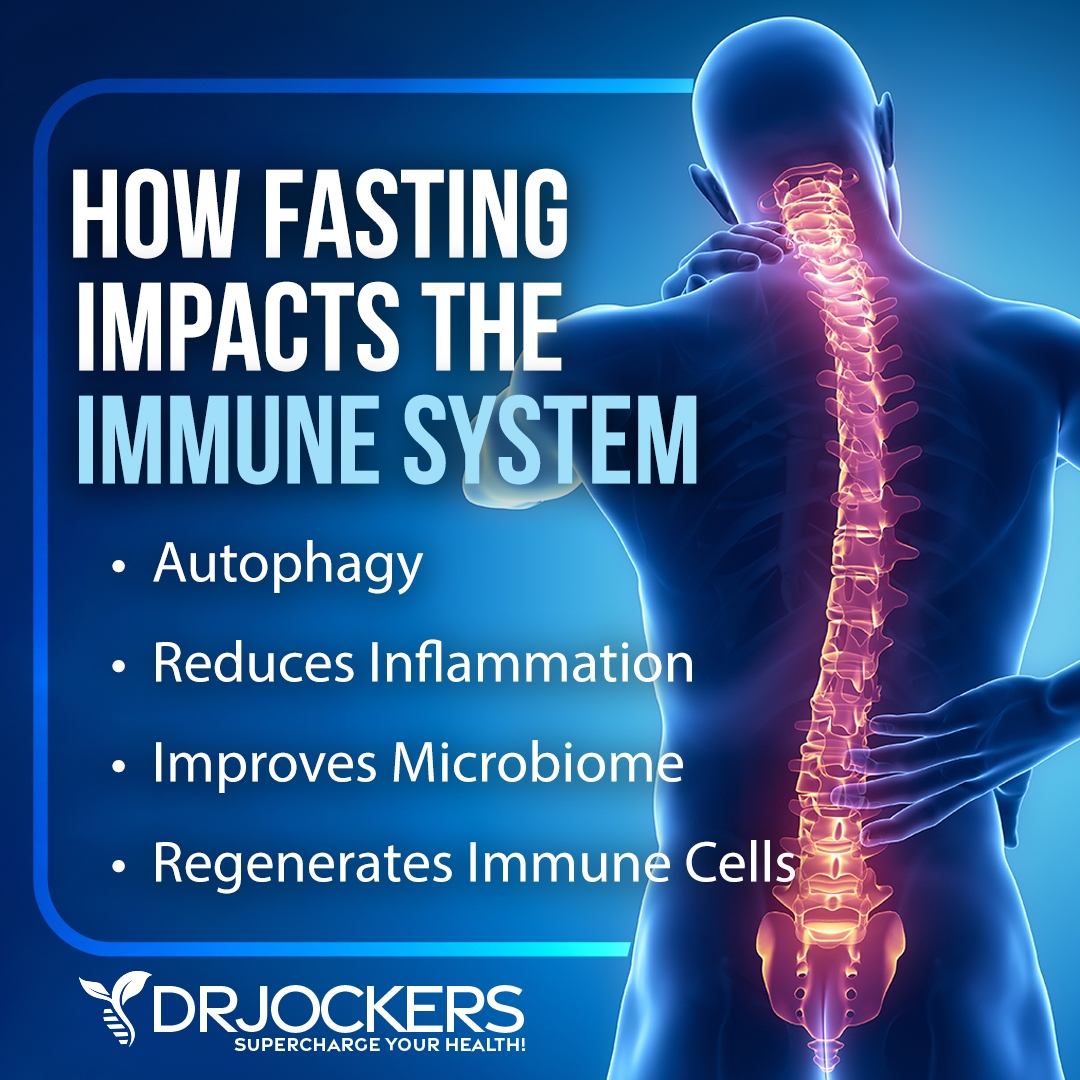
Reduce Stress & Prioritize Good Sleep
You’ve learned earlier that stress and poor sleep can contribute to chronic inflammation and joint inflammation (7). To reduce chronic stress, I recommend that you practice meditation, breathwork, muscle relaxation strategies, gratitude, journaling, and prayer.
Spend time in nature and try some grounding. Seek support and uplifting activities with friends and family. Have some dedicated me-time as well. Seek out laughter and smile more.
To support your sleep, develop a relaxing bedtime routine and follow a regular sleep schedule that supports your body’s circadian rhythms. Make sure that your bedroom is a safe place with a supportive bed and comfortable bedding and pillows. Make sure to sleep 7 to 9 hours a night.

Regular Movement & Exercise
Living a sedentary lifestyle can contribute to chronic stress and chronic inflammation (7). Start your day with some movement, such as stretching, a few yoga moves, a short walk outside, or a trampoline session. Commit to staying active throughout the day as much as you can by stretching regularly, going for a walk during lunch, taking the stairs, walking or biking instead of driving short distances, playing with your kids, walking your dog, or dancing in your living room.
Exercise 5 days a week for 20 to 30 minutes at least using a mix of cardiovascular, such as cycling, jogging, dancing, swimming, or trampoline sessions, resistance training and strength work, such as body weight workouts, kettlebell training, TRX, or CrossFit, and low impact workouts, such as yoga, pilates, TaiChi, or Barre workouts.
If you are dealing with serious joint inflammation, make sure to listen to your body and not overdo it. Since poor biomechanics can contribute to joint inflammation, using the right form and strengthening your body is critical (2). You may benefit from working with a physical therapist or trainer.
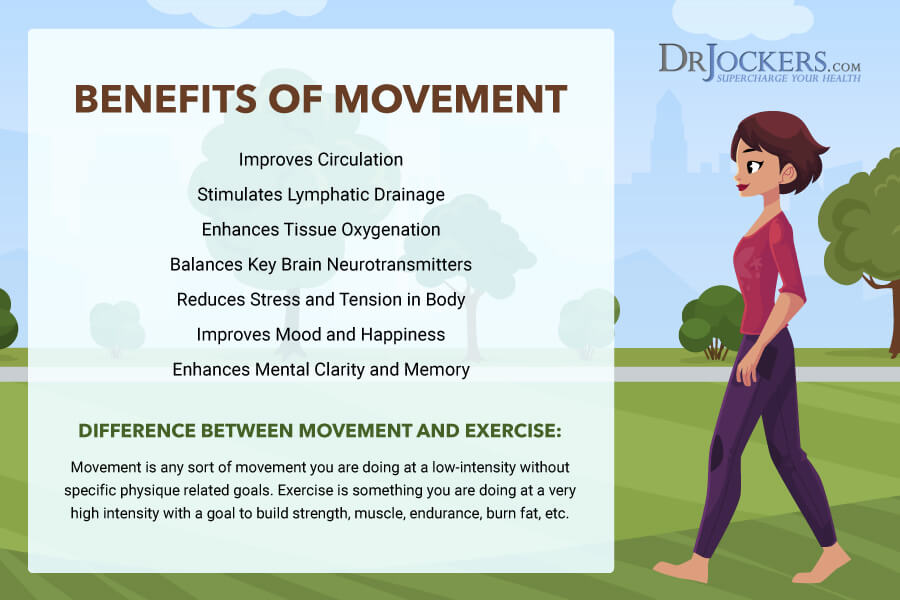
Heal Your Gut & Improve Microbiome
As you know, your gut and microbiome health can have a serious impact on joint inflammation (6). Healing your gut and improving your microbiome is critical. Support your microbiome by eating plenty of prebiotic- and probiotic-rich foods, and taking daily probiotics, such as Nexabiotic.
Support your digestion by taking digestive enzyme supplements, such as Super-D Zyme before meals. If you are dealing with any chronic gut infections or other chronic infections that may affect your gut health, talk to a functional health doctor, like me, to help you address them through appropriate herbal supplementation and diet. By reading this article, you can also learn about the GI Map Analysis that can help to detect underlying gut infections and microbiome issues.

Improve Air & Water Quality
Since environmental toxins can increase your risk of joint inflammation, it is important that you reduce toxins from your air and water. Having a high-quality air filtration system can help to remove mold, allergens, microbes, and toxins from your air and improve your indoor air quality.
I personally use and highly recommend the Air Doctor which you can learn more about in this article. Using this link, you can get $300 off when buying an Air Doctor. Since tap water is full of toxins and chemicals, it’s important that you have high-quality water purification and filtration system. I also recommend that you stay away from plastics and opt for glasses, mason jars, ceramic mugs, glass bottles, and stainless steel bottles instead. You can learn more about hidden toxins in our tap water and what to do about it in this article.

Open Up Detoxification Pathways
Environmental toxins are a serious issue when it comes to joint inflammation, which makes opening up your detoxification pathways critical (8). Improve detoxification through urine by drinking plenty of water. Increase detoxification through exercise and infrared sauna therapy. You can learn more about infrared sauna therapy from this article.
Try BioActive Carbon and Activated Charcoal to help pull out toxins from your body to be eliminated through bowel movements. Make sure that you have regular and healthy bowel movements by eating a healthy diet and using Bowel Mover if you have constipation. Support lymphatic health and detoxification through daily dry brushing and rebounding. You can learn more about dry brushing from this article.
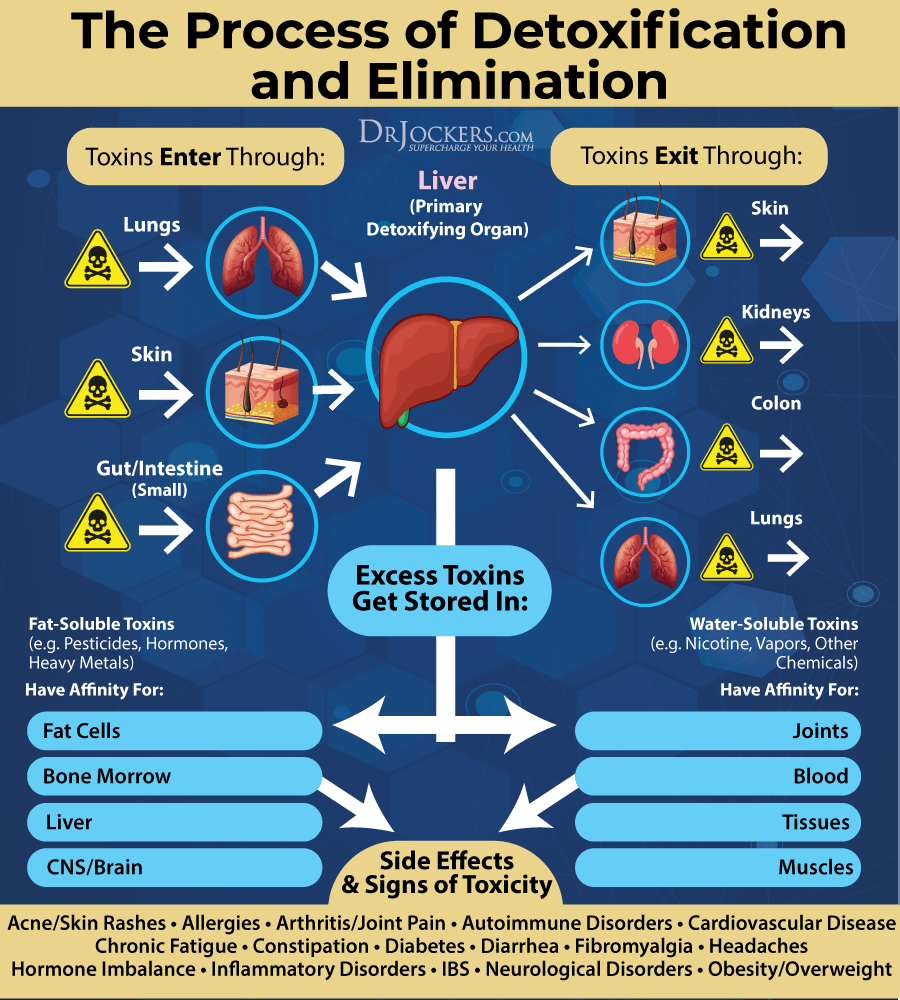
Consider Chiropractic, Massage & Physical Therapy
Poor biomechanics and injuries can contribute to joint inflammation (2). This is where chiropractic, massage, and physical therapy come in. All have different benefits and can work hand in hand. A chiropractor can help to relieve joint pain and help to move your back into alignment.
A massage therapist can help to release muscle tension that may contribute to or develop because of joint inflammation. A physical therapist can help to teach you strategies on how to strengthen your body, have a better posture, and use a proper form when exercising or moving. Physical therapy can help you to keep the benefits you receive from chiropractic work and massage therapy.

Optimize Vitamin D Levels
Vitamin D deficiency can contribute to joint inflammation (12, 13). According to a 2017 study published in the International Journal of Molecular Sciences, vitamin D can play an important role in reducing inflammation and pain management (18). According to a 2015 study, vitamin D supplementation can reduce chronic pain which is a common characteristic of joint inflammation (19).
Optimal levels of vitamin D should be between 50 and 100 ng/ml. I recommend that you spend time outside in the sun and eat vitamin D-rich foods such as oily fish, liver, and egg yolk to increase your vitamin D levels. Unfortunately, however, diet and sunshine are usually not enough for optimal vitamin D levels. I recommend taking a daily vitamin D supplement with vitamin K2 to improve absorption, such as D3/K2 Power.
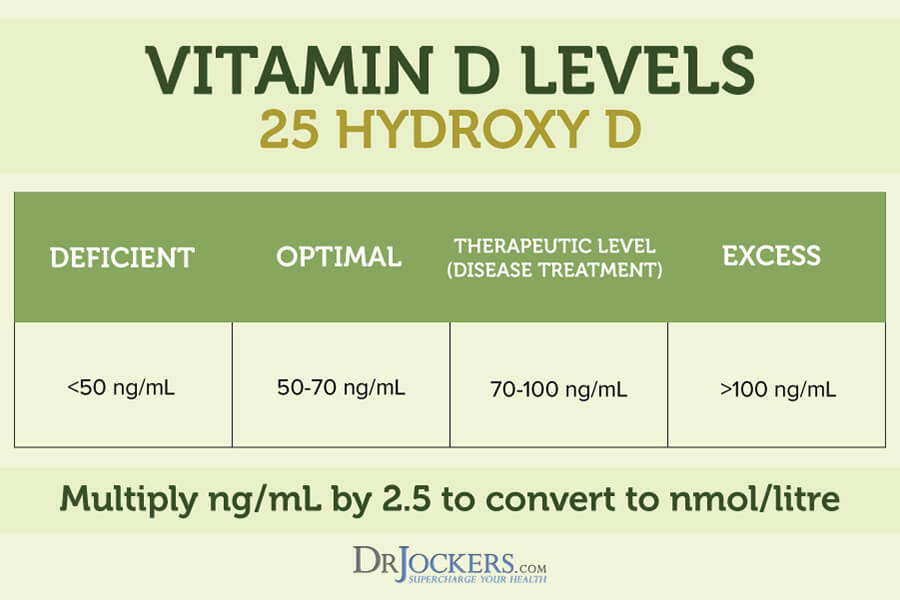
Use Omega-3 Fatty Acids
A good omega 3 and 6 ratio is critical for reducing joint inflammation (14, 15). According to a 2007 meta-analysis published in Pain, 3 to 4 months of supplementation with omega-3 fatty acids can help to reduce inflammatory joint pain (20). A 2020 study published in the Mediterranean Journal of Rheumatology has found that omega-3 fatty acids can benefit autoimmune joint inflammation (21).
I recommend that you eat plenty of omega-3 rich foods, including fish, seafood, walnuts, flax seeds, chia seeds, and hemp seeds. Additionally, I recommend supplementing with a high-quality omega-3 fish oil supplement, such as Pro Omega Curcumin, on a daily basis.

Consider Using Proteolytic Enzymes
Proteolytic enzymes are a group of enzymes that break the long chain-like protein molecules into shorter fragments called peptides and then into their components, called amino acids. According to a 2008 animal study published in the Indian Journal of Pharmacological Sciences, proteolytic enzymes can help to reduce inflammation (22).
According to a 2016 review of six randomized controlled trials, proteolytic enzymes may be beneficial for knee joint inflammation (23). I recommend taking Proteo Enzyme for joint inflammation.
Consider Using Anti-Inflammatory Herbs
Using anti-inflammatory herbs, such as turmeric, ginger, and boswellia can greatly improve joint inflammation.
Turmeric (Curcumin)
Curcumin is the active ingredient of one of the most researched anti-inflammatory herbs, turmeric. According to a 2016 systematic review and meta-analysis of randomized clinical trials, turmeric extracts and curcumin may reduce the symptoms of joint inflammation (24).
According to a 2016 review published in Drug Design, Development, and Therapy, curcumin has anti-inflammatory benefits for joint inflammation (25). You can use turmeric on your foods to help regulate inflammation but to get clinical dosages to see significant results you will need specific supplementation.
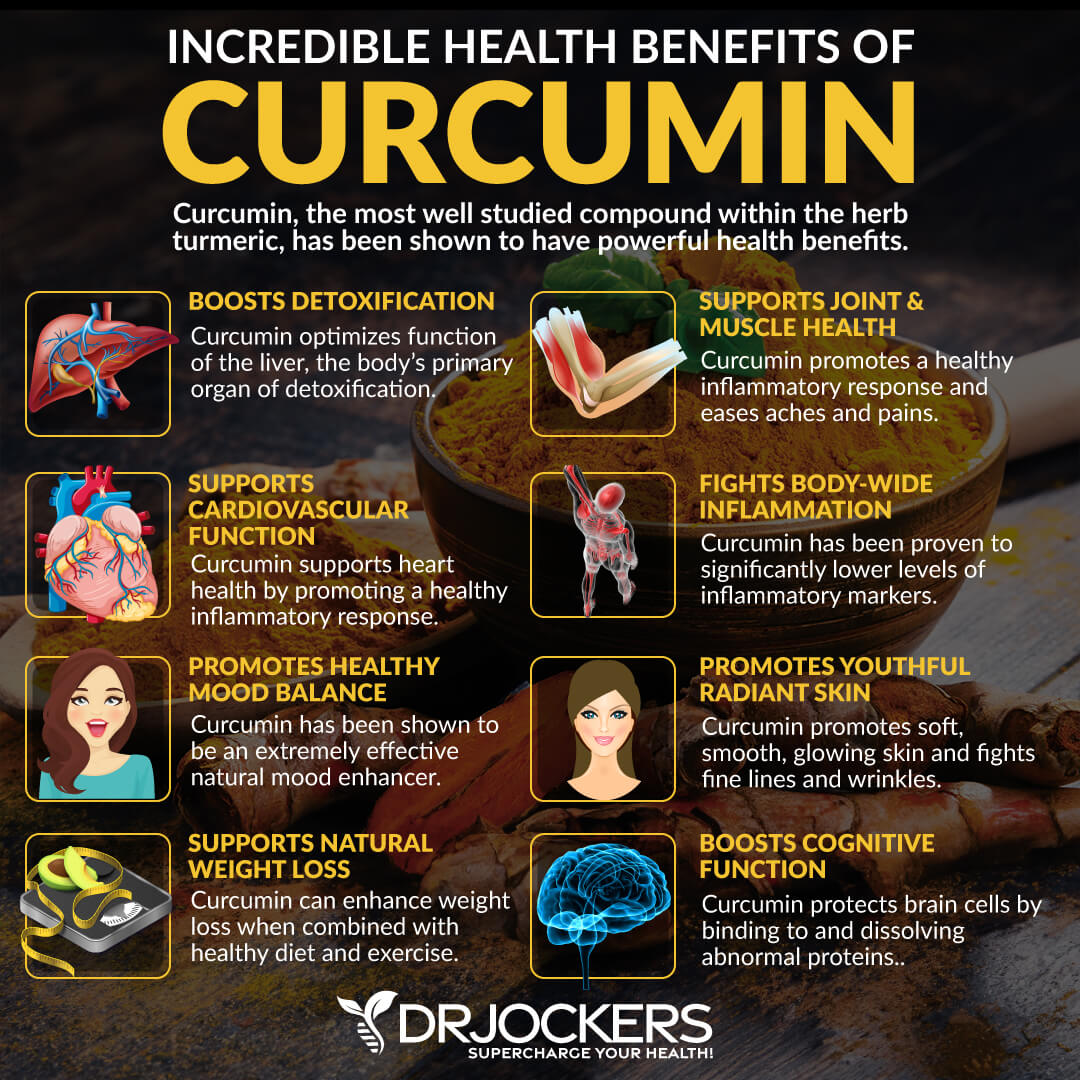
Ginger
Ginger is an anti-inflammatory herb similar to and from the same family as turmeric. According to a 2001 study published in Arthritis Rheumatology, ginger extract has shown positive benefits for knee joint inflammation (26).
A 2015 systematic review published in Nutrition Journal has also found that ginger has anti-inflammatory benefits (27). Furthermore, a 2013 comparative study published in the International Journal of Rheumatic Disease has found that ginger and turmeric combined have anti-inflammatory benefits for joint inflammation (28).
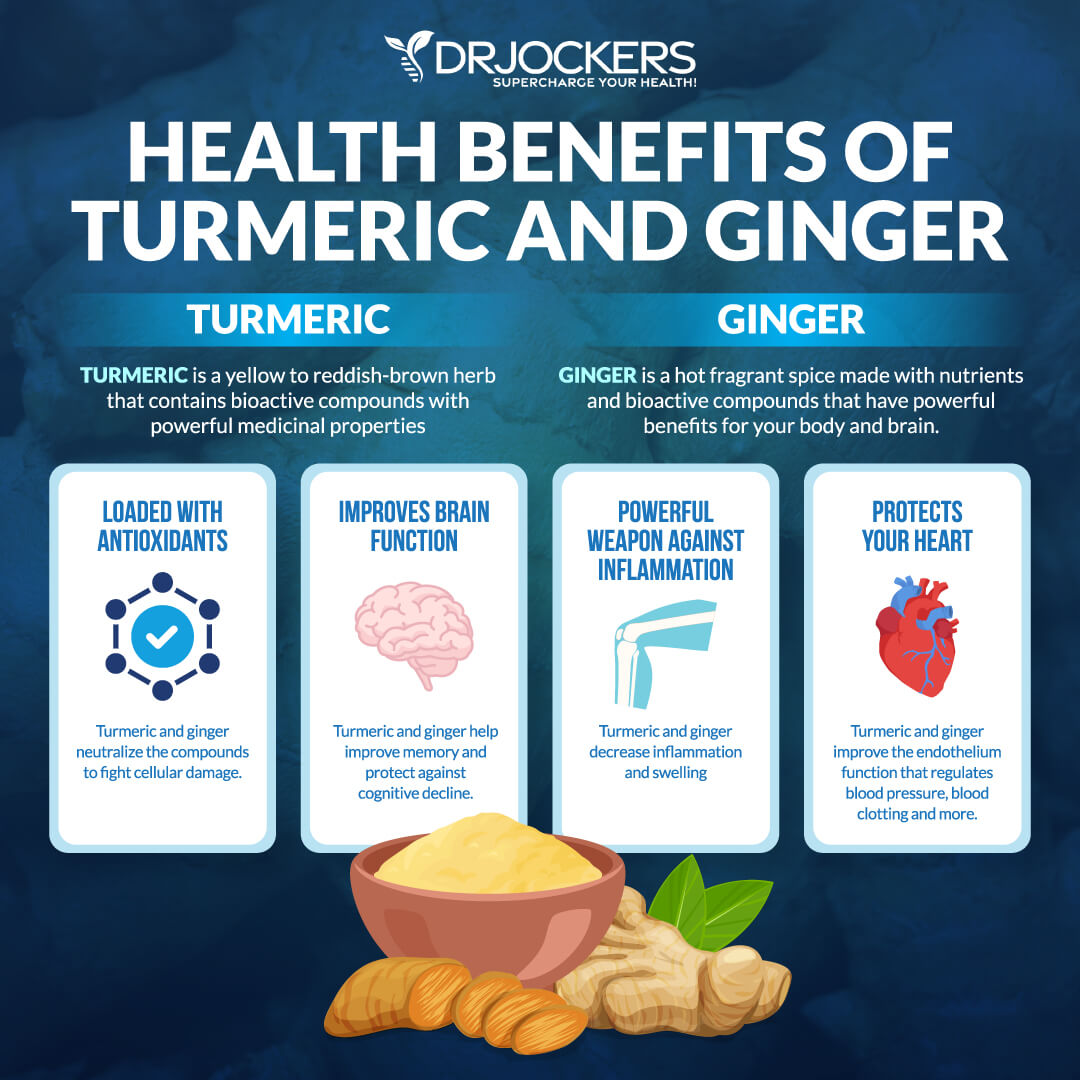
Boswellia
Boswellia is a plant that produces Indian frankincense and offers anti-inflammatory benefits. According to a 2019 randomized, double-blind, placebo-controlled pilot trial published in Phytotherapy Research, boswellia extract can be beneficial in the management of joint inflammation (29).
A 2020 systematic review and meta-analysis published in BMC Complementary Medicine and Therapies, has also found that boswellia can have anti-inflammatory benefits for joint pain (30).
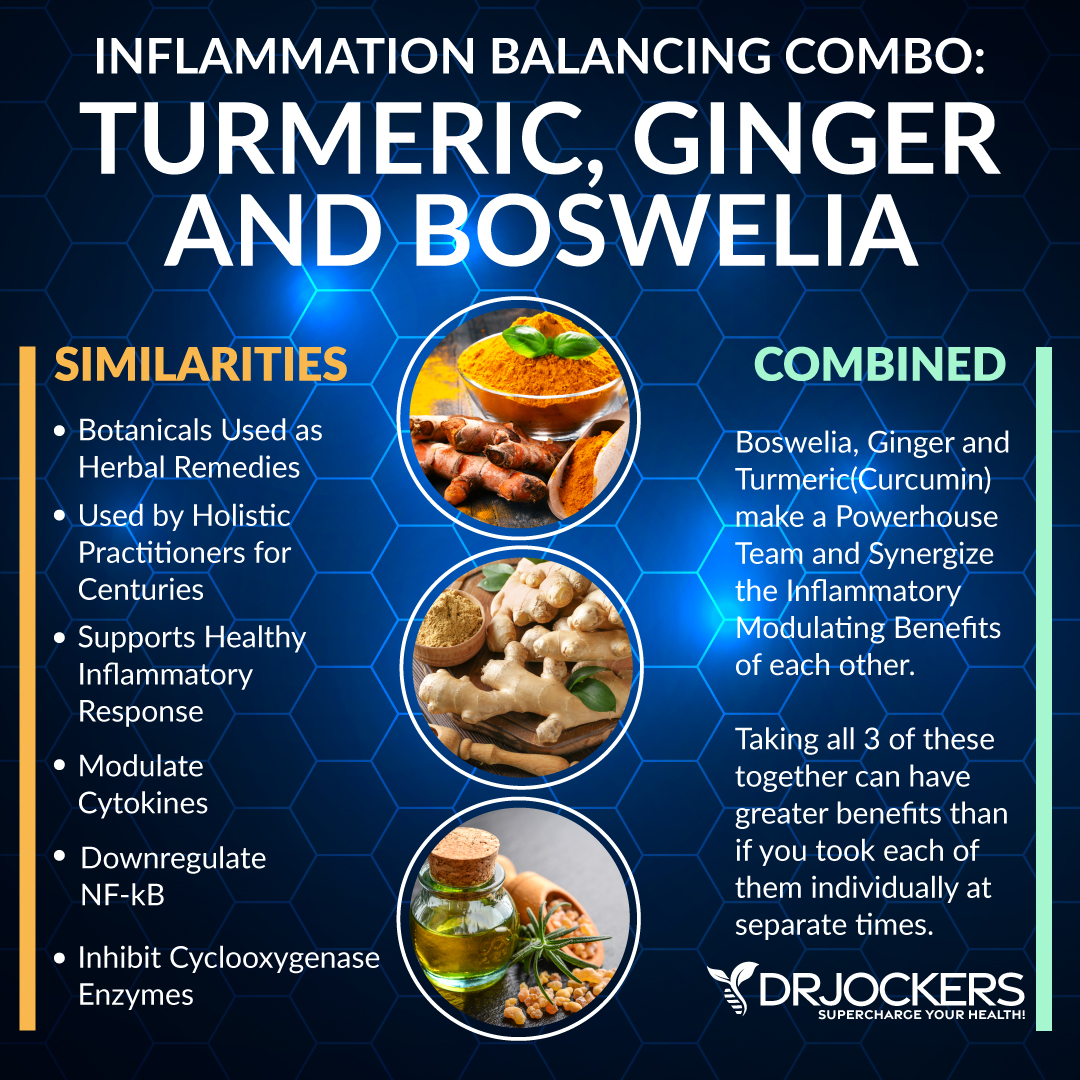
Inflam Defense
Inflam Defense™ is my favorite supplement to lower inflammation and to protect you from health issues that may result from inflammation. It is the perfect supplement for joint inflammation.
Inflam Defense™ is a powerful combination of anti-inflammatory herbs, such as curcumin, boswellia, ginger, and rosemary extract as well as nutrients from quercetin and rutin, and proteolytic enzymes. Take one capsule twice a day with meals or for advanced protection take two or more capsules twice a day or as directed by your health care practitioner.
Final Thoughts
Your knees, hips, wrists, and other joints don’t have to be in pain. Following a healthy diet and lifestyle and taking the right supplements, you can move freely and enjoy your life painlessly. Follow my natural support strategies to support your joints and improve your health.
If you want to work with a functional health coach, I recommend this article with tips on how to find a great coach. Our website offers long-distance functional health coaching programs with our world-class team of health coaches. For further support with your health and other goals, just reach out—our fantastic coaches are here to support your journey.
Inflammation Crushing Ebundle
The Inflammation Crushing Ebundle is designed to help you improve your brain, liver, immune system and discover the healing strategies, foods and recipes to burn fat, reduce inflammation and Thrive in Life!
As a doctor of natural medicine, I have spent the past 20 years studying the best healing strategies and worked with hundreds of coaching clients, helping them overcome chronic health conditions and optimize their overall health.
In our Inflammation Crushing Ebundle, I have put together my very best strategies to reduce inflammation and optimize your healing potential. Take a look at what you will get inside these valuable guides below!






WHEN YOU FAST, WHEN DO YOU TAKE VITAMINS?
Great question that I discuss in this article: https://drjockers.com/fasting-supplements/
You forgot to mention the influence of nightshades on arthritis.
Yes nightshades can be problematic for some individuals!